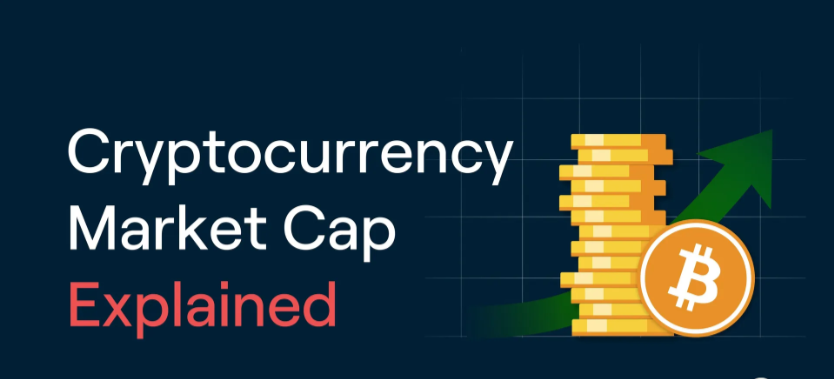Understanding Market Cap and Volume in Crypto
When you’re researching cryptocurrencies, you’ll often see terms like market cap and capacity displayed right next to the coin’s price. But what do these numbers actually mean and why do they matter?
Whether you’re investing, trading, or just learning, understanding market capitalization and trading capacity is essential for making smarter crypto decisions.
In this post, we’ll break down what these metrics represent, how to interpret them, and what they can tell you about a cryptocurrency’s value and momentum.
What Is Market Capitalization (Market Cap)?
Market cap measures the total value of a cryptocurrency in circulation.
It’s calculated using this simple formula:
Market Cap = Current Price × Circulating Supply
Example:
If 1 Bitcoin = $30,000 and there are 19 million BTC in circulation:
Market Cap = 30,000 × 19,000,000 = $570 billion
Why Market Cap Matters
-
Compares value across coins: It helps you see which cryptocurrencies are truly the biggest not just the most expensive per coin.
-
Measures dominance: A high market cap signals a large, more established project (e.g., Bitcoin, Ethereum).
-
Assesses growth potential: Lower market cap coins may have more room to grow — but also carry higher risk.
Categories:
| Market Cap Tier | Description |
|---|---|
| Large Cap (>$10B) | Well-established, lower risk (e.g., BTC, ETH) |
| Mid Cap ($1B–$10B) | Growing projects with some risk |
| Small Cap (<$1B) | High risk, high potential |
| Micro Cap (<$100M) | Very risky, often speculative |
What Is Trading Capacity?
Capacity refers to the total amount of a cryptocurrency traded during a specific period (usually 24 hours).
It shows how actively a coin is being bought and sold.
Example:
If $5 billion worth of Ethereum was traded in the past 24 hours, its 24h volume = $5B
Why Volume Matters
-
Liquidity indicator: High capacity means it’s easier to buy or sell without large price slippage.
-
Market interest: A sudden spike in volume can signal growing interest, news impact, or a potential breakout.
-
Volatility insight: Low capacity= less activity, which can mean higher volatility with smaller trades moving the price significantly.
Market Cap vs. Volume: What’s the Difference?
| Feature | Market Cap | Volume |
|---|---|---|
| What it shows | Total value of a coin | Trading activity over a time period |
| Measures | Size and dominance | Interest, liquidity, momentum |
| Usefulness | Long-term valuation | Short-term signals and trade decisions |
| Changes when | Price or supply changes | People actively buy/sell |
Both metrics are complementary, not competitive. Use them together for a fuller picture.
🚩 Red Flags to Watch For
-
High market cap, low volume: May indicate overvaluation or declining interest
-
Low market cap, high volume: Could signal pump-and-dump schemes or sudden hype
-
Sudden volume spikes: Look for news, listings, or whale activity that may drive short-term movements
🧠 Pro Tip: Always Check the Context
Don’t look at market cap and volume in isolation. Ask:
-
Is the project solving a real problem?
-
Does it have an active developer and user community?
-
Is the volume coming from reputable exchanges?
-
Are whales manipulating the price?
Also, use tools like:
-
CoinMarketCap or CoinGecko for real-time data
-
Crypto volume filters to identify trending coins
-
Candlestick charts to combine volume with technical patterns
Final Thoughts
Market cap tells you how big a coin is.
Volume tells you how active it is.
Together, they give you powerful insight into a cryptocurrency’s value, popularity, and potential — helping you avoid hype and make more informed investment decisions.
Whether you’re HODLing or trading, understanding these numbers puts you one step ahead.


